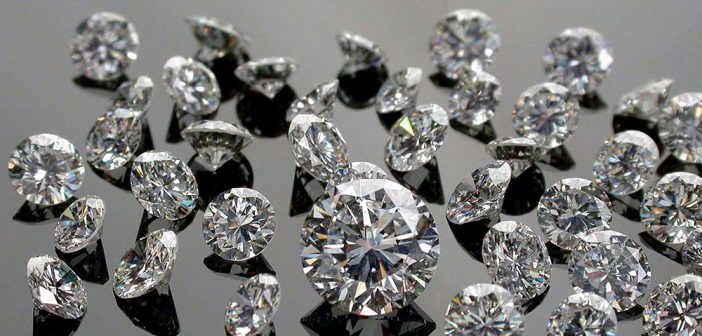India’s export landscape has transformed significantly over the past five years, with petroleum, gemstones, and sugar emerging as high-growth sectors. This shift is underpinned by strategic policy adjustments, increased manufacturing capacities, and robust demand in key global markets. This report analyzes India’s export growth in these sectors, examining trends, drivers, and economic implications.
Petroleum Exports
India has bolstered its role as a key global supplier of refined petroleum products, advancing from fifth to second in global market rank from 2014 to 2022. Export values for petroleum oils rose from $60.8 billion in 2014 to $94.4 billion in 2022, raising India’s market share to 9.45% worldwide. This rise is attributed to India’s highly developed refining capacity, operational efficiency, and strategic geographical position which allows it to cater to diverse markets across Asia, Africa, and Europe. The country’s investments in refining technologies have also enabled it to process a wide variety of crude oil types, enhancing flexibility and export capacity.
India’s petroleum sector capitalized on increased global demand following disruptions in supply chains due to geopolitical tensions. In addition to crude oil derivatives, India also made advancements in cyclic hydrocarbons and coal tar products, moving from 8th to 5th globally, with a revenue increase from $2.2 billion to $3.3 billion between 2014 and 2022.
Gemstone and Jewelry Exports
India’s gemstone industry, especially in semi-precious stones, has seen remarkable growth, capturing 34.45% of the global market by 2022, up from 2.64% in 2014. This growth is driven by India’s skilled workforce, innovations in gemstone processing, and access to raw materials, primarily in diamonds and precious stones. The government’s supportive policies, such as financial incentives and infrastructure improvements for gemstone processing and jewelry manufacturing, have strengthened India’s competitive edge.
Gems and jewelry contributed around $1.9 billion to India’s export earnings in 2022, a dramatic rise from $30.4 million in 2014. The sector’s resilience amid fluctuating global demand highlights India’s ability to adapt to market changes through efficient production processes and global partnerships, especially with countries in Europe, the Middle East, and Southeast Asia.
Sugar Exports
India’s sugar export growth is fueled by high domestic production and strategic policies encouraging ethanol production as a value-added revenue stream. In recent years, India has expanded its sugar exports, targeting markets across Asia, the Middle East, and Africa. Notably, sugar exports reached unprecedented levels as the government promoted ethanol production from sugarcane, which not only stabilized domestic sugar prices but also enhanced the profitability of the sugar sector.
The government’s introduction of export subsidies, improved infrastructure for sugar milling, and targeted export programs have strengthened India’s position as a major sugar supplier, further supported by its role in providing essential commodities to food-insecure regions.
Policy Framework and Economic Implications
India’s gains in petroleum, gemstone, and sugar exports are the result of favorable government policies and incentives, which have encouraged production, enhanced product quality, and lowered export barriers. These include:
- Duty exemptions and subsidies for petroleum and sugar exports.
- Export-oriented trade agreements that provide preferential access to key markets.
- Investment in technological innovation in gem processing and refining capabilities.
India’s expansion in these sectors aligns with its broader goal to increase its share in global trade. The government’s Product Linked Incentive (PLI) scheme further supports export diversification by promoting manufacturing in sectors such as electronics, automotive, and pharmaceuticals, which are expected to drive future export growth.
Conclusion
India’s growing presence in global exports for petroleum, gemstones, and sugar illustrates its strategic economic progress in the past five years. The growth in these sectors not only contributes significantly to India’s export earnings but also highlights the country’s capacity to meet global demand for essential and luxury commodities. Continued government support, infrastructure development, and strategic trade agreements will be essential for sustaining and expanding India’s export market share in these sectors.
Looking forward, while India’s success in petroleum, gemstones, and sugar is a positive sign, achieving long-term growth will require further investment in value-added manufacturing and high-technology industries. Diversifying exports beyond raw and semi-processed goods will be crucial for India to maintain a robust position in global trade and foster sustainable economic development.





